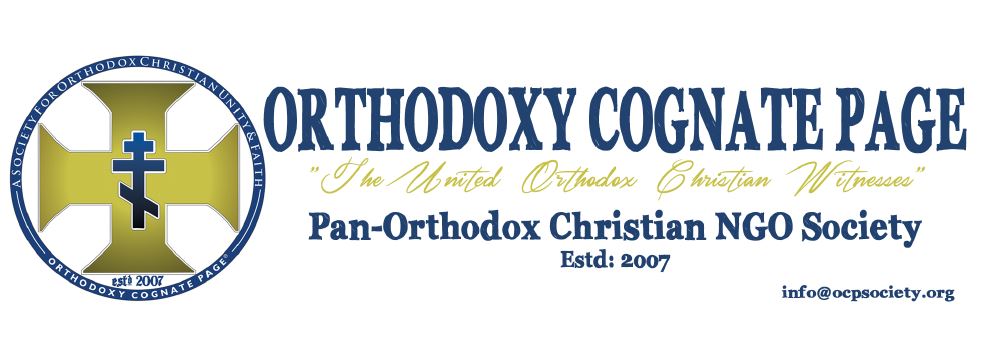The myths and modernity of northern Ethiopia
12/10/2012
Thousands of years of history and some of the most important sites in Ethiopian Christianity sit alongside new buildings, roads and airports. Northern Ethiopia is beautiful and booming.
Opposite the only bank in Lalibela, one of the holiest places in Ethiopian Orthodox Christianity, is a small shop selling mattresses, piled up in the dust on the main road in this cross-shaped town. The mattress-seller’s stereo system blasts Ethiopop from dusk well into the night; for much of the rest of the day, Lalibela is filled with the sound of children practising the chants that form a central part of orthodox Christian rituals. Sleepy and devout, this town is famous for its towering rock-hewn churches which legend says were carved in the 12th century with the help of angels. The church remains wealthy and powerful, and has recently started buying up hotels in the town, further cementing its dominance.
Bahir Dar
Elsewhere in northern Ethiopia, signs of modernity are forcing their way through. Next to the tiny wooden shack used as a temporary baggage terminal at Bahir Dar airport looms the concrete frame of a large new airport. The capital of Ethiopia’s Amhara region is a bustling town on the shores of Lake Tana – a prime example of the government’s attempt to boost secondary economic centres in an effort to take population pressure off the capital city, Addis Ababa. As we drove into the city early in the morning, an endless stream of people filled the main road, leading mules laden with maize, firewood, hallucinogenic khat leaves and teff (used to cook the Ethiopian staple, injera), trudging past the construction sites for a new stadium, hotel complex and shopping centre.
An hour’s drive out of Bahir Dar are the Blue Nile falls, known in Amharic as Tis Abay – or ‘smoking water’. In early May, the water levels were low, in part because higher up the river two hydroelectric plants – one built by the Italians 50 years ago, and the other, more recently by the Yugoslavs and Chinese – were closed for maintenance, drying up the river. Ethiopians will have to get used to this. Further downstream near the Sudanese border, construction is underway for the 6,000MW Grand Millennium Dam.
Axum
More evidence of man’s mastery of the environment is visible on the high plateaus of Amhara state and in the mountains of Tigray, where the fields and hills are lined with small rock walls built to stop soil erosion. History has taught farmers of their necessity: the Axumite empire that dominated the region for most of the first millennium AD fell partly because of rampant deforestation and erosion. A compulsory government community programme now requires inhabitants of the region to spend 20 days a year maintaining these walls.
Today Axum is a shadow of its former glory. At its centre lies a small blue chapel which Ethiopians believe houses the true Arc of the Covenant. A couple of metres away, construction is underway for a three-storey library to house Axumite manuscripts. Perhaps it will soon be filled with more treasures from the site where excavation continues each year under millennia-old stone obelisks.
This library is part of a wider drive to rebrand Ethiopia’s Tigray region as a safe tourist destination for trekkers and history buffs exploring the clusters of rock-hewn churches chiselled out of caves nestled on mountain cliffs. But a few kilometres from the border with Eritrea, where there is still an uneasy ‘no peace, no war’, the effort is slow going. In January, Afar rebels killed five tourists in a firefight and abducted two more in the volcanic Danakil Depression. Last year, Chinese constructors completed a road that wends its way through the hills from Axum, south to Addis. In some villages along the route you can see where houses were cut in half to make way for the road, an X still daubed on their remains.
Mek’ele
Tigray is a region raw with recent history. Adwa – the town at the centre of the mountains where the army of Emperor Menelik II defeated the Italians in 1896 – is the hometown of Ethiopia’s recently deceased Prime Minister, Meles Zenawi. Drive through it today and the small streets are lined with long, wooden scaffolding poles, a sign of yet another construction boom. Mek’ele, the region’s capital, is a busy student town and industrial centre, home to a cement factory and steel mill. It also houses the headquarters of the Tigrayan People’s Liberation Front, towered over by a soaring monument to the victory over Mengistu’s Derg and replete with Soviet-style statues depicting the sacrifices of Tigrayan villagers during the civil war. Here, history is never far from the surface●


377365 629540Good to be visiting your blog once more, it continues to be months for me. Nicely this post that ive been waited for so lengthy. I want this write-up to total my assignment in the university, and it has identical subject together with your post. Thanks, terrific share. 968388